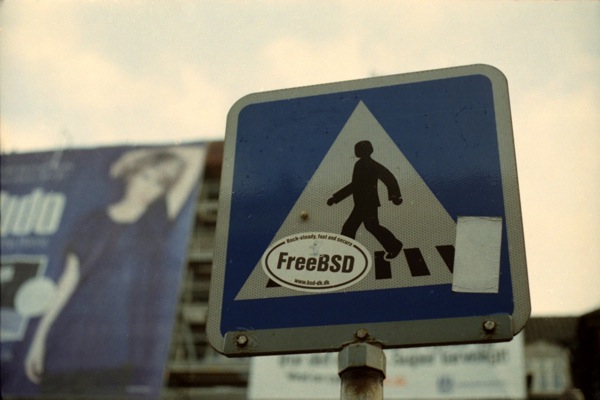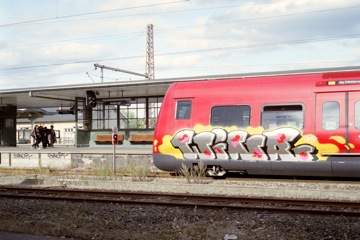
Photos: author
Never a morning person, I tend to have a pretty rough time — especially on the weekends — when my alarm goes off at 7am. Malcolm, my cat, who demands breakfast early, is thrilled, but as I pull on a dirty pair of jeans and sneakers with holes near the toes perfect for walking dogs downtown, I can barely consider my own sustenance.
